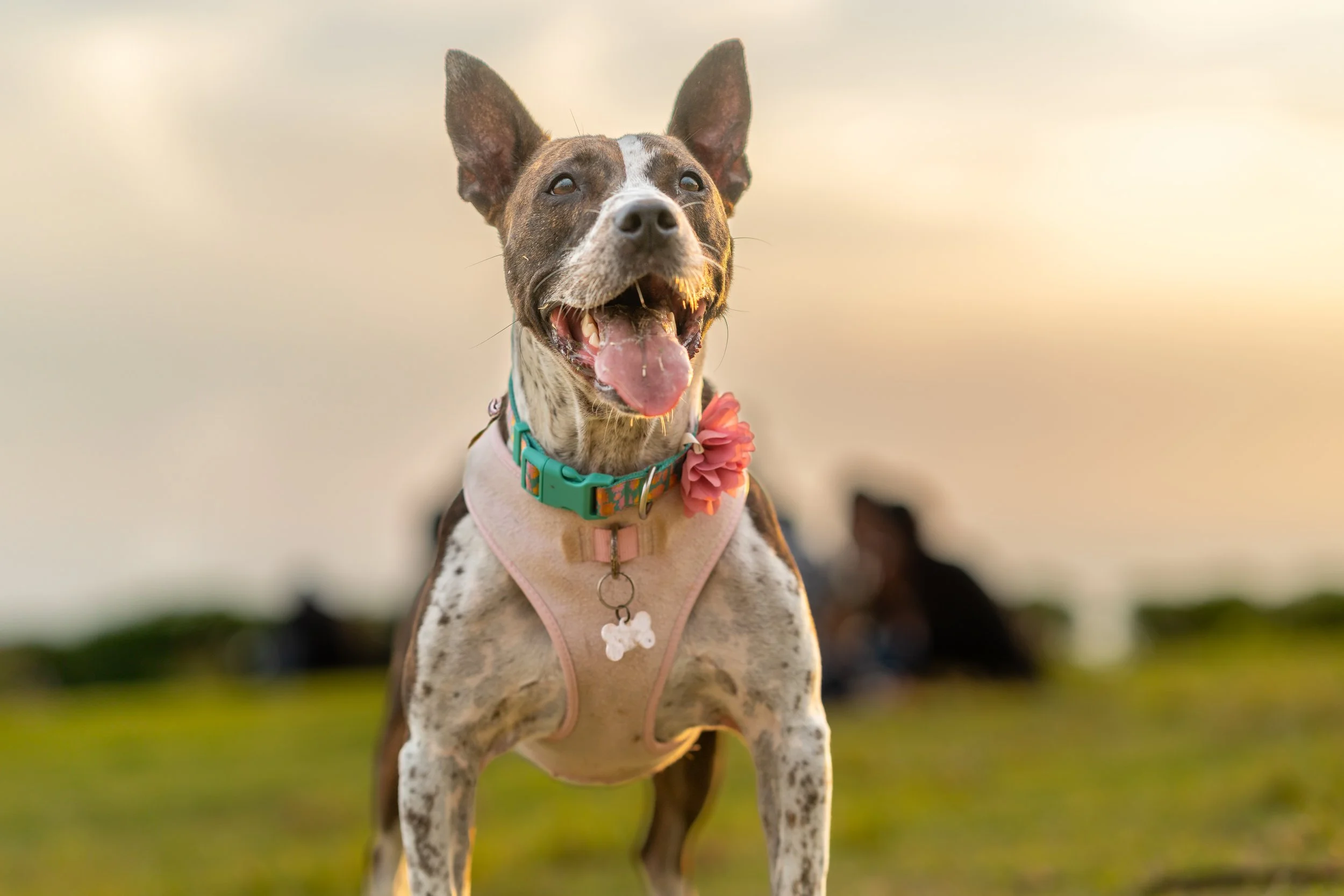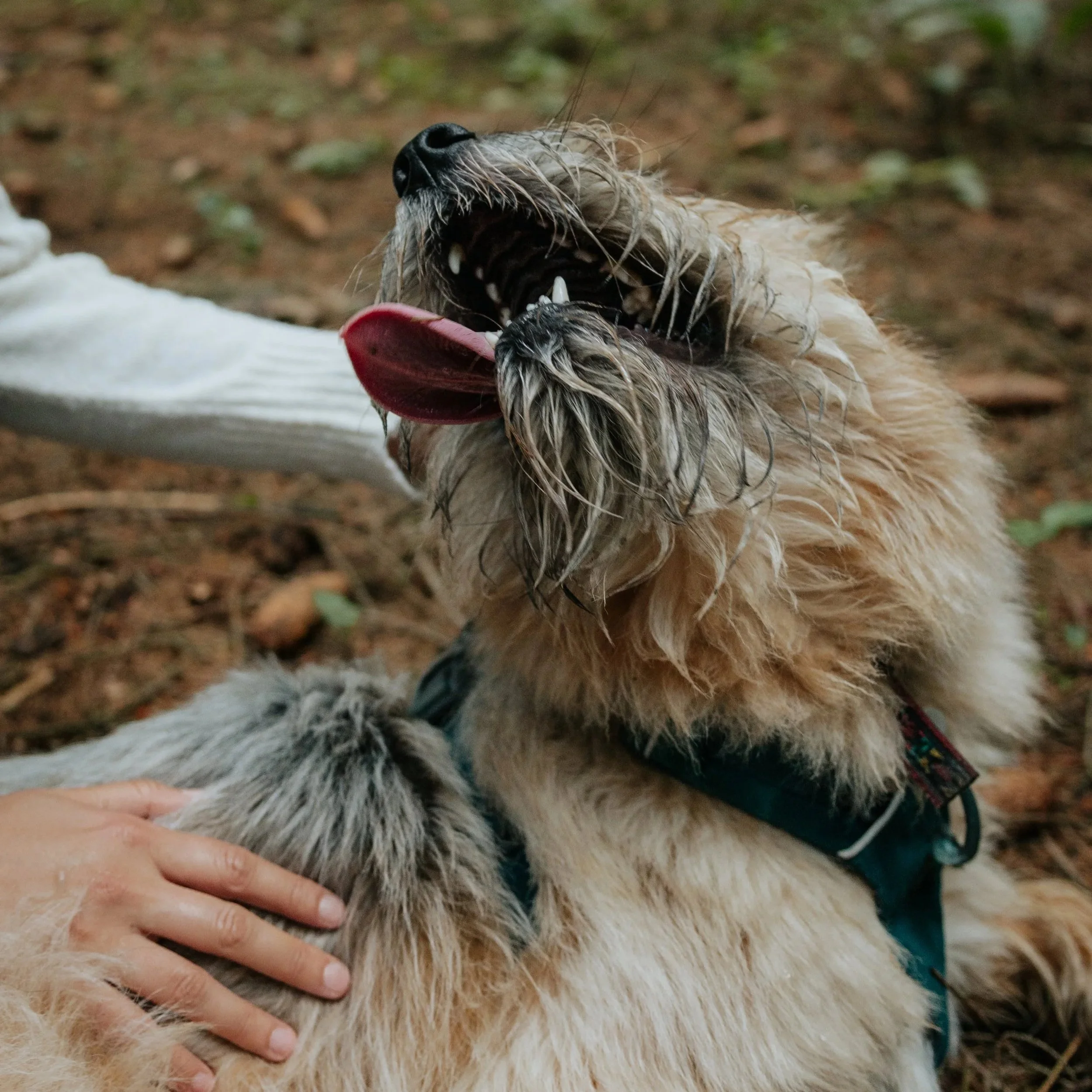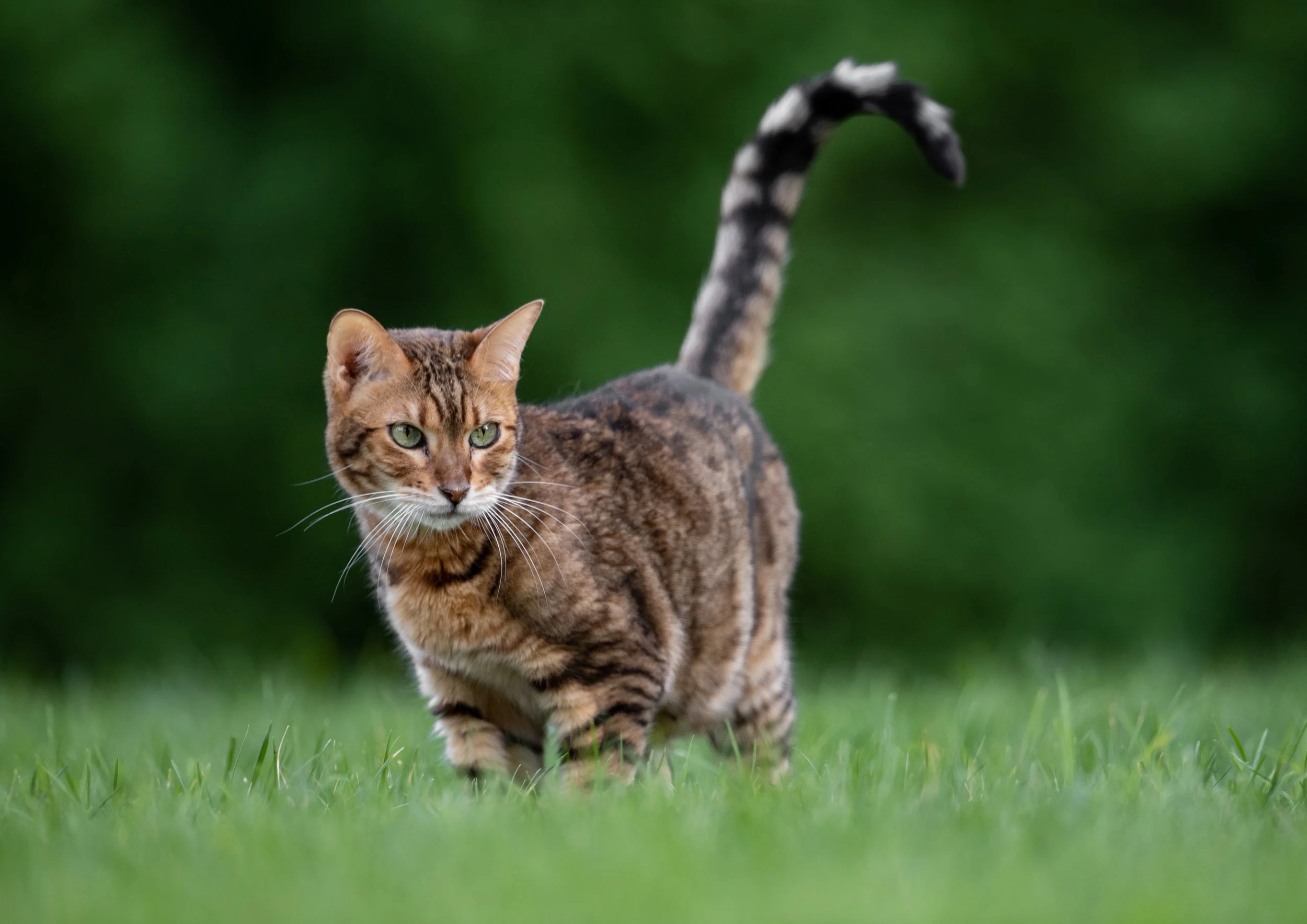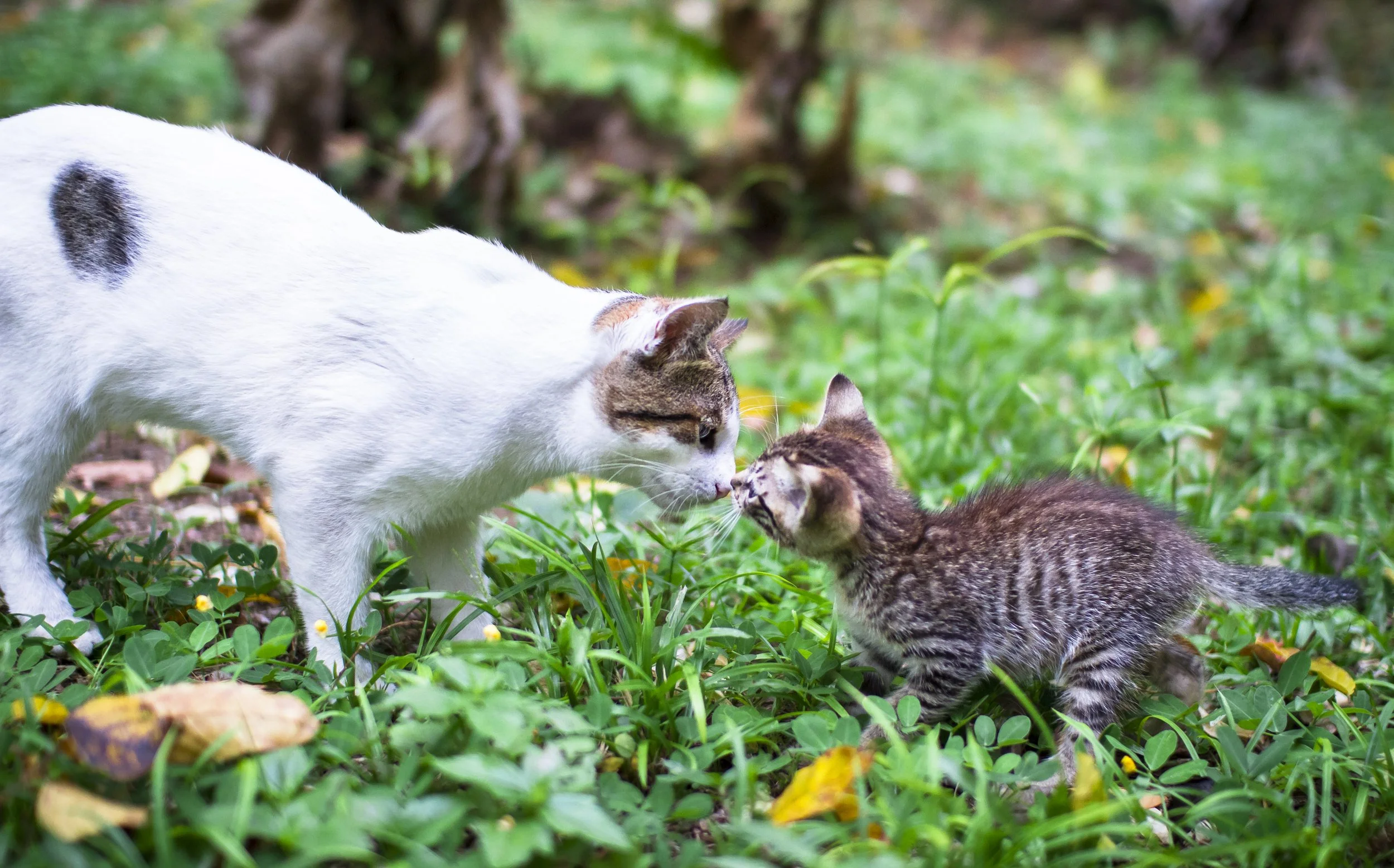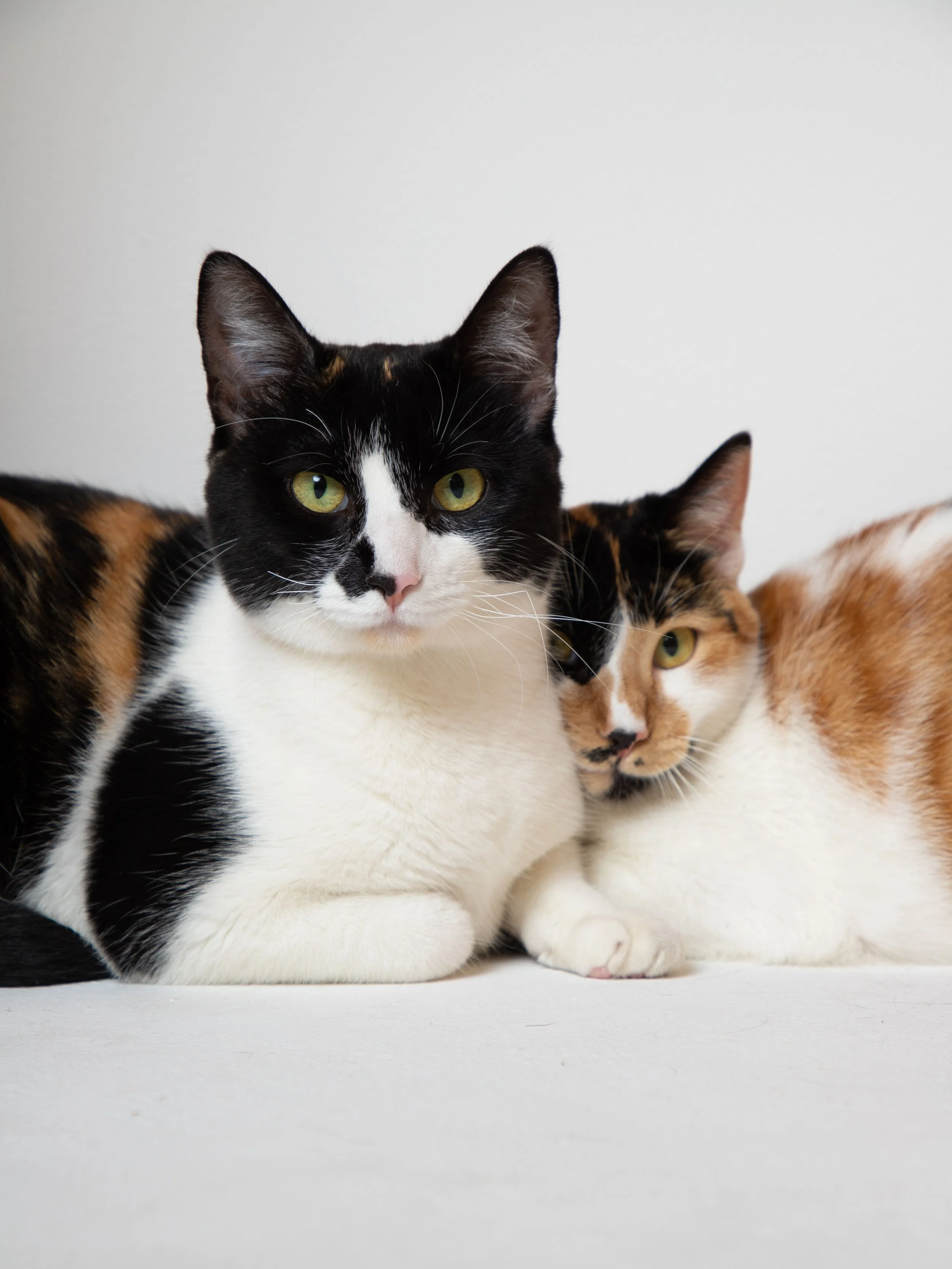Understanding Pet Body Language: What Is Your Furry Friend Trying to TellYou?
Pets communicate in ways that go beyond barks, meows, and tail wags. By paying close attention to their body language, pet parents can better understand what their furry friends are feeling and respond appropriately. Whether it’s a wagging tail, flattened ears, or a low growl, each gesture conveys a message. Here’s how to decode some common pet body language cues to strengthen the bond with your pet.
Recognizing Canine Body Language
1. Tail Wagging: Not all tail wags are created equal. A slow, gentle wag often indicates relaxation or happiness, while a stiff, high tail wag can signal alertness or even aggression. A low, tucked tail generally signifies fear or submission.
2. Ear Position: Ears held high and forward show that your dog is alert and curious, while ears flattened against the head can indicate fear or submission. Swiveling ears may suggest confusion or trying to assess a situation.
3. Eye Contact and Eye Movements: Direct eye contact can be a sign of confidence or dominance, whereas averted eyes may indicate submission. Squinting eyes often suggest contentment, while wide, staring eyes could signal stress or fear.
4. Body Posture: A relaxed, loose body indicates comfort, whereas a stiff, tense posture may suggest fear, aggression, or uncertainty. A play bow, where the front legs are stretched out and the hindquarters are raised, is an invitation to play.
5. Mouth and Teeth: A relaxed dog may have its mouth slightly open, while a closed mouth or bared teeth can indicate discomfort or aggression. Lip licking and yawning can also be signs of stress or anxiety.
Decoding Feline Body Language
1. Tail Language: A tail held high generally indicates confidence, while a puffed-up tail suggests fear or agitation. A slowly flicking tail can mean annoyance, while a twitching tail may signal overstimulation.
2. Ear Movements: Forward-facing ears show interest or curiosity, while flattened ears signal fear, aggression, or annoyance. Rotating ears often indicate that the cat is on high alert.
3. Purring and Meowing: Purring is typically associated with contentment, but it can also be a self-soothing mechanism when a cat is anxious or unwell. Short, repetitive meows usually indicate a desire for attention, while low growls or hisses indicate fear or aggression.
4. Eye Contact and Blinking: Slow blinking is a sign of trust and affection, whereas wide eyes may signal fear or excitement. A cat that avoids eye contact is likely feeling anxious or submissive.
Reading Body Language During Interactions
Understanding how pets communicate through body language is especially important when interacting with unfamiliar animals. Respecting their signals can prevent misunderstandings and keep both you and your pet safe.
Approach Cautiously: Allow pets to come to you rather than approaching them directly.
Respect Personal Space: If a pet seems uncomfortable, avoid touching them and give them time to adjust.
Observe the Whole Body: Take note of overall body posture, not just isolated gestures, to get a fuller picture of what the pet is feeling.
Strengthening the Bond with Your Pet
Learning to recognize and respond to your pet’s body language can help build a stronger bond and promote better communication. When pets feel understood and respected, they’re more likely to be calm, content, and well-adjusted.
For more pet care tips and information on how to keep your furry friend happy and healthy, explore our range of high-quality pet foods and treats at Evolve Pet Food.

